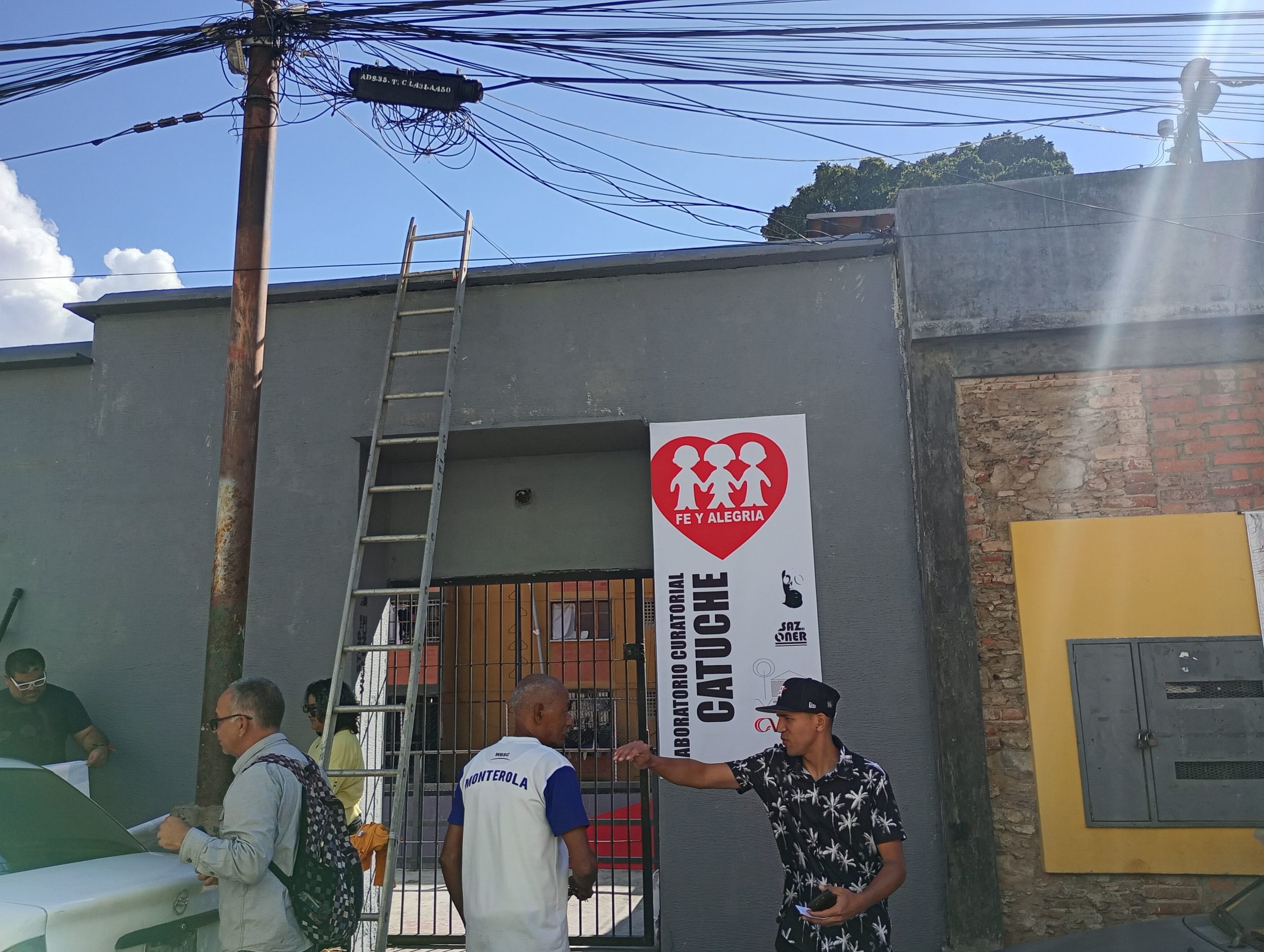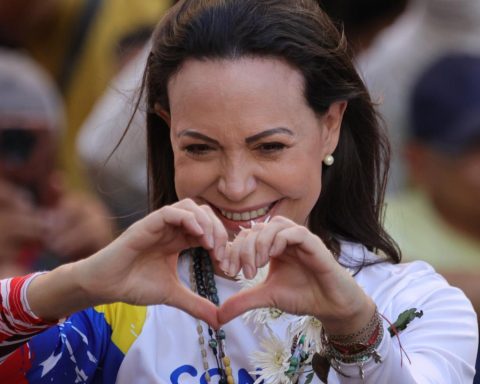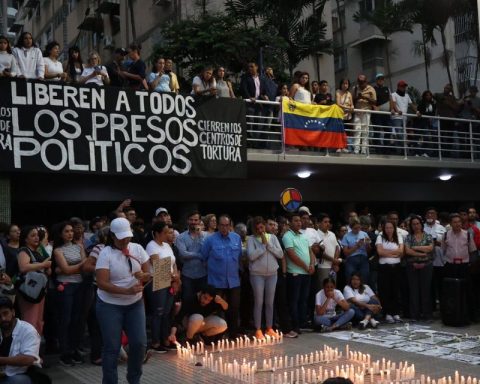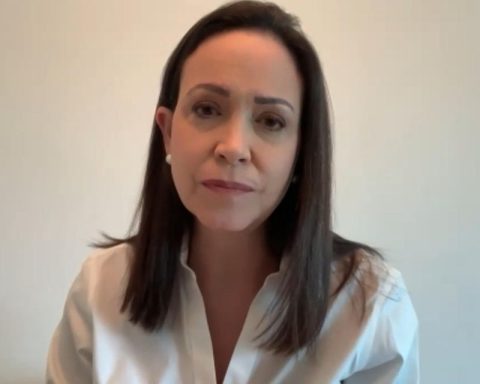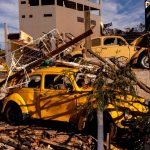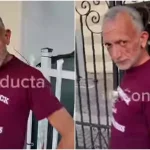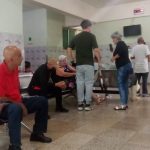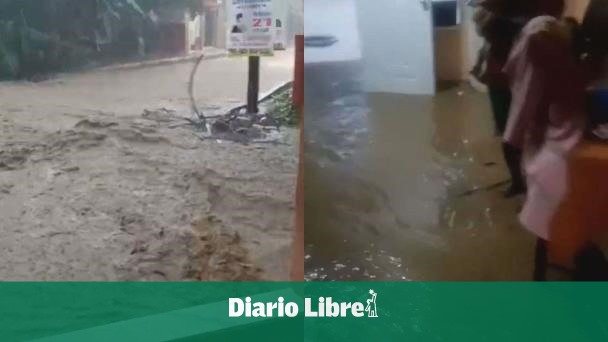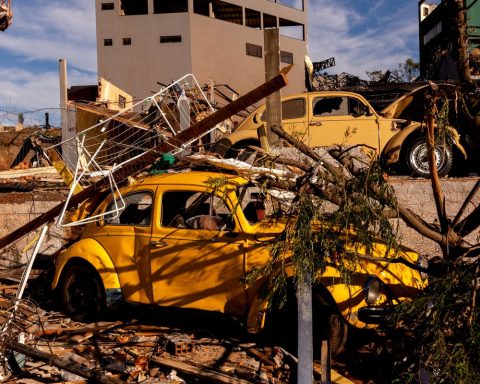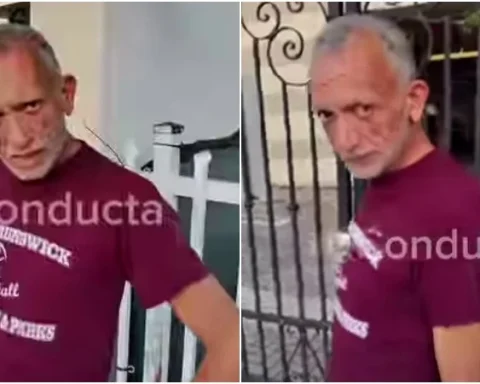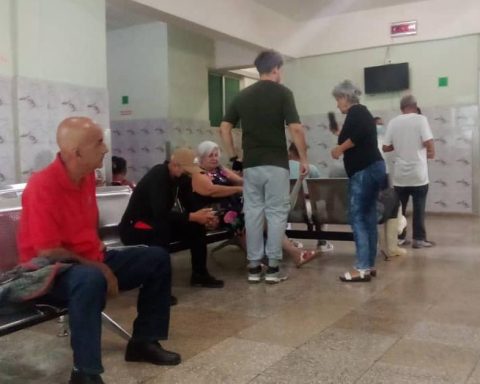The residents of the Catuche neighborhood in Caracas, together with civil society organizations and universities, held the “Catuche en su cauce” event to show the progress of the community, after the events that affected the area 25 years ago, at the same time as what is known today as the Vargas Tragedy
“It was the same people who wanted to recover the neighborhood, without politicians getting involved in the work, just us and Father José Virtuoso,” says Henry Hernández, a resident of Catuche: a neighborhood located in the center of Caracas and which owes its name to the river of the same name that comes down from the El Ávila National Park.
On December 14, non-governmental organizations and several social activists organized the fifth edition of “Catuche en su cauce”, a kind of festival with artistic exhibitions, tours of the neighborhood and even a bingo dance between the community and visitors. The event occurred from 9 in the morning until 8 at night.
Professor Florinda Amaya is a social activist in the neighborhood and one of the organizers of the “Catuche en su cauce” parade, one of the several activities of the event and in which several places in the area were visited, after a demonstration of how Catuche was there before the project undertaken by the citizens.
Amaya also comments that carrying out the activity on that date is important because it also coincides with the 25th anniversary of the Vargas Tragedy, one of the most serious natural disasters in contemporary history in Venezuela.
During the event, Catuche suffered the consequences of the intense rains and the river reclaimed its course, as several homes were built on top of the route and the place turned into mud and rubble. The neighborhood organization was key in managing the emergency, since since the arrival of the then seminarian José Virtuoso to the place in 1993, the residents made relief and evacuation plans in dangerous situations.
Only 11 people died during the landslide in the neighborhood, compared to the number of deaths in the Vargas trough and for which, to this day, official figures are unknown.
The Catucheña mothers and the ceasefire
The Catucheños were relocated to various cities, waiting to return to their neighborhood. But the reconstruction work by the State took longer than expected and invasions began, so the people decided to return to Catuche and build their homes. The task was not easy because a threat was added to the situation: armed conflicts between inhabitants.
It was not until 2006, when the mothers of the neighborhood met in the area chapel to agree to a ceasefire and start peace. And with this, the process of social reconstruction of the place was also resumed.
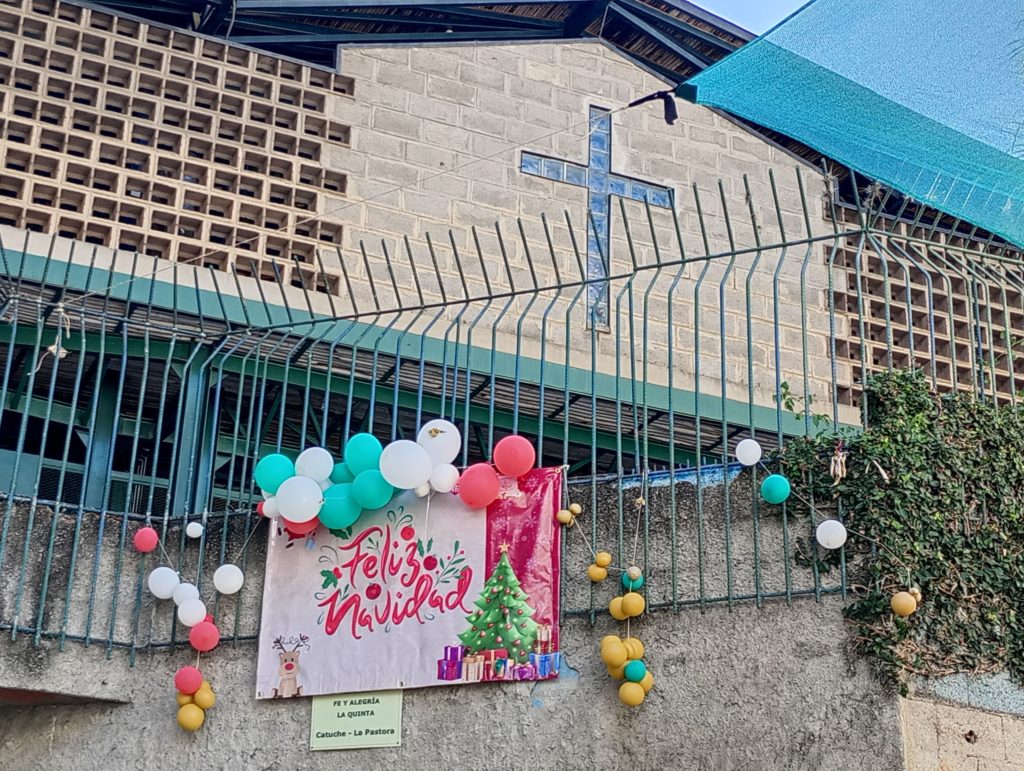
The limits were delimited to build without affecting the riverbed, the inhabitants marked the streets of the neighborhood and two community centers and several sports fields were created with the work between the community and the Fe y Alegría movement with the support of NGOs, students of the Central University of Venezuela and the Andrés Bello Catholic University.
The community center at the entrance of the neighborhood has a photo gallery created by the Historias que Laten media together with the Development Bank of Latin America (CAF) and is called “Young Looks of Catuche.” Mrs. Mercedes and Mr. Monterola are the first to receive visitors and welcome them to the place.
«When you enter Catuche, rest assured that there are only good people here. “Ask (people) anything if they haven’t seen Monterola around,” says the man leaning against one of the walls of the community center.
On the way to the La Quinta sector, the river accompanies the route of the road. On the other side, there are several houses with colorful facades and you can distinguish the houses where food or crafts are sold by the signs. The notices are not the typical “For sale…”, but with rhymes and poetry they invite people to buy what its inhabitants offer.
Cooperation between church and community
In the community center of the sector (the second in Catuche) there is also a supervised homework room, a nursery school and the chapel where the peace agreements were made between the mothers of the neighborhood.
Eloína, the director of the nursery, says that the school has been in existence for seven years and was created at the most serious moment of the social and economic crisis of recent years in Venezuela: “We did not have enough to feed the children, but fortunately “We managed to feed them with the support of all the parents,” he recalls.
Her daughter is one of the daycare mothers and Eloína explains that the site is maintained by the monthly payment that the parents pay:
«They can drop the children off in the morning and come pick them up in the afternoon. “They can pay part of the monthly payment during the week and so on, as it makes it easier for them because we know it is not easy.”
The residents of the sector value the community center and agree on its importance as a space for meeting and building the social fabric. So much so that the chapel is named “San Ignacio de Catuche”, a sign of the influence of the work of the Ignatian order on the community and the sense of belonging of the Catucheños.
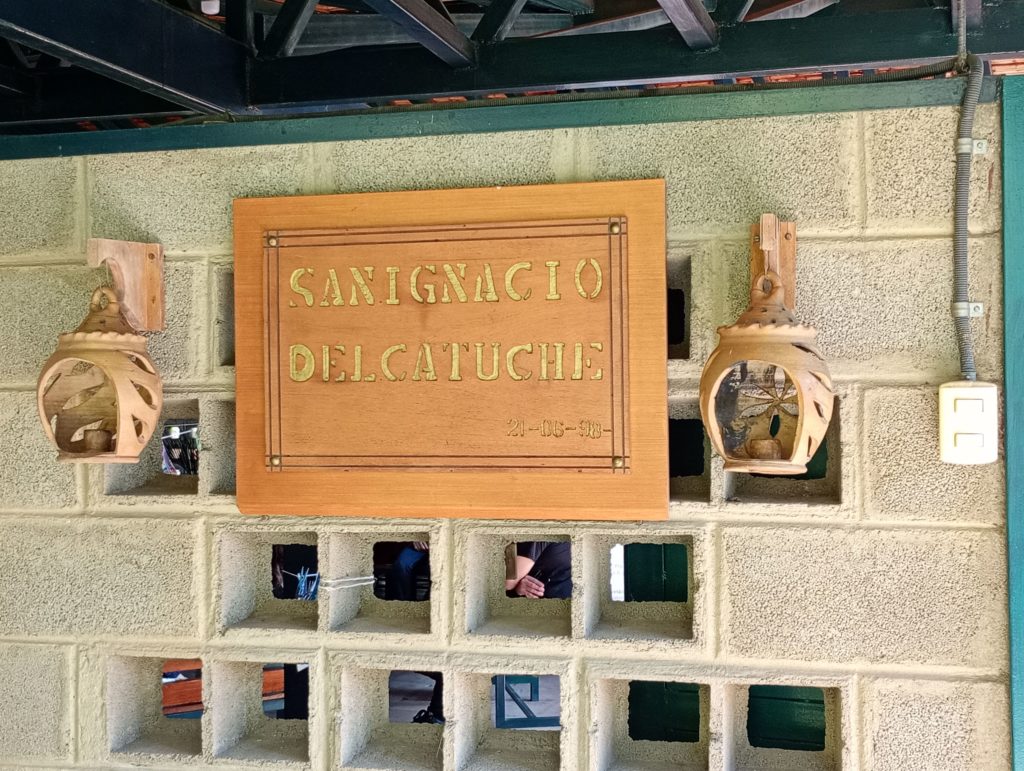
They also insist that Caracas residents and other citizens are always invited to the neighborhood and highlight that what has been achieved in Catuche is an example of what can be done with community action and cooperation between neighbors.
*Read also: ARI Mobile | Water as the identity and culture that rebuilds Catuche
Post Views: 156
